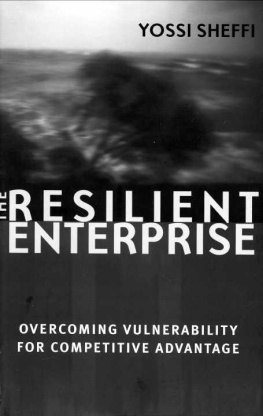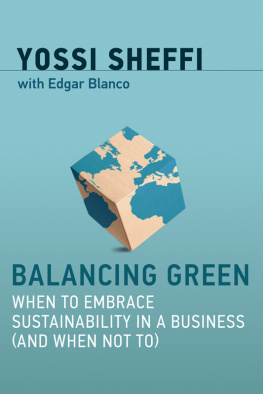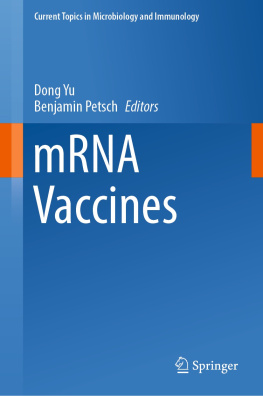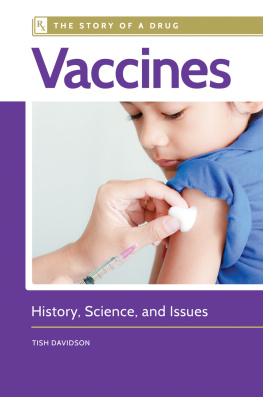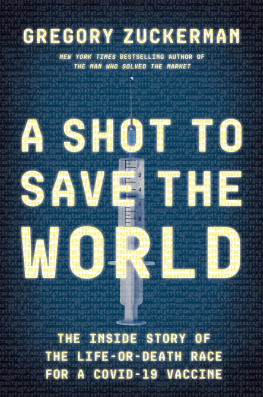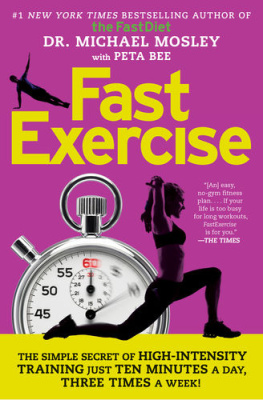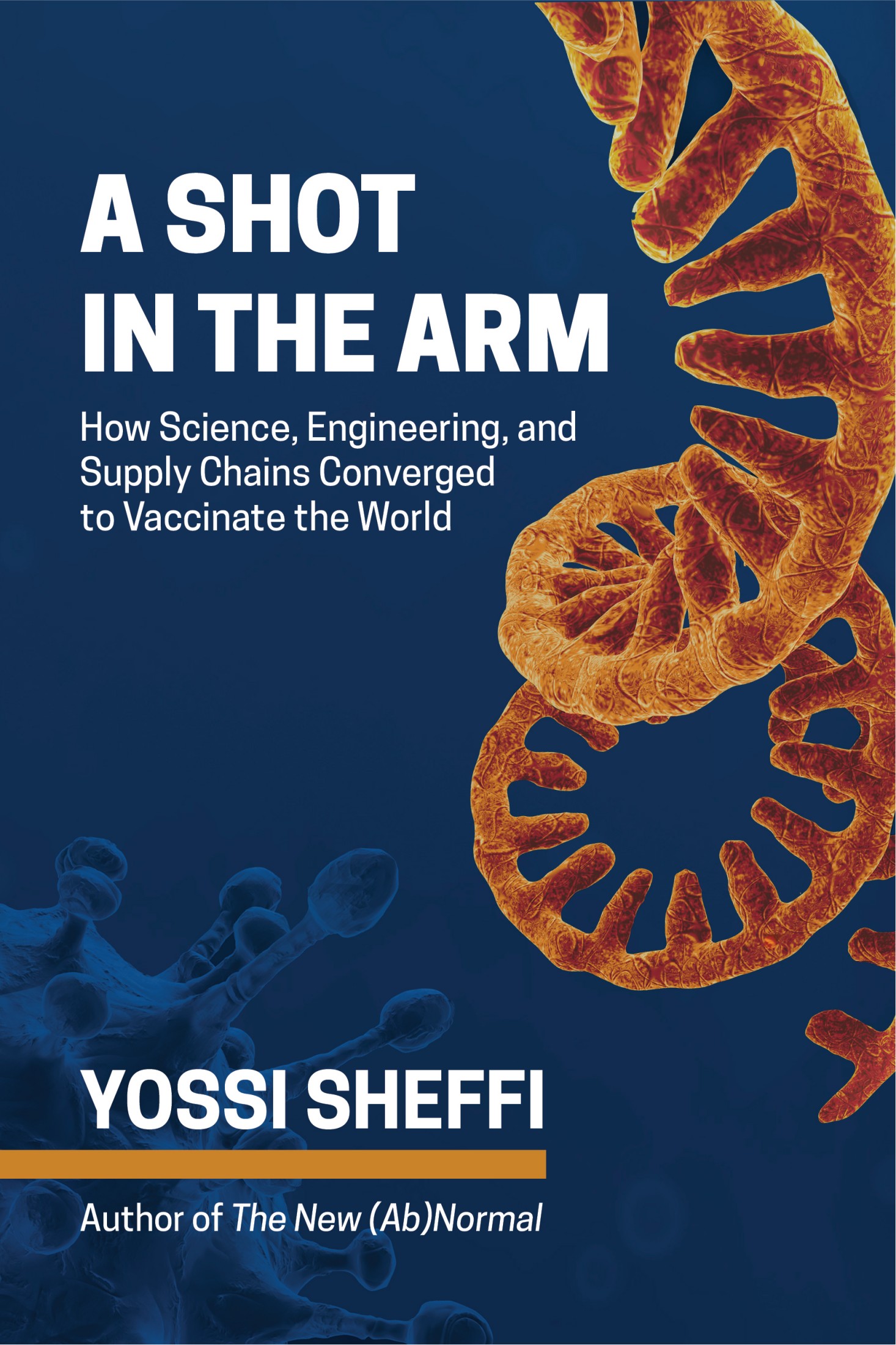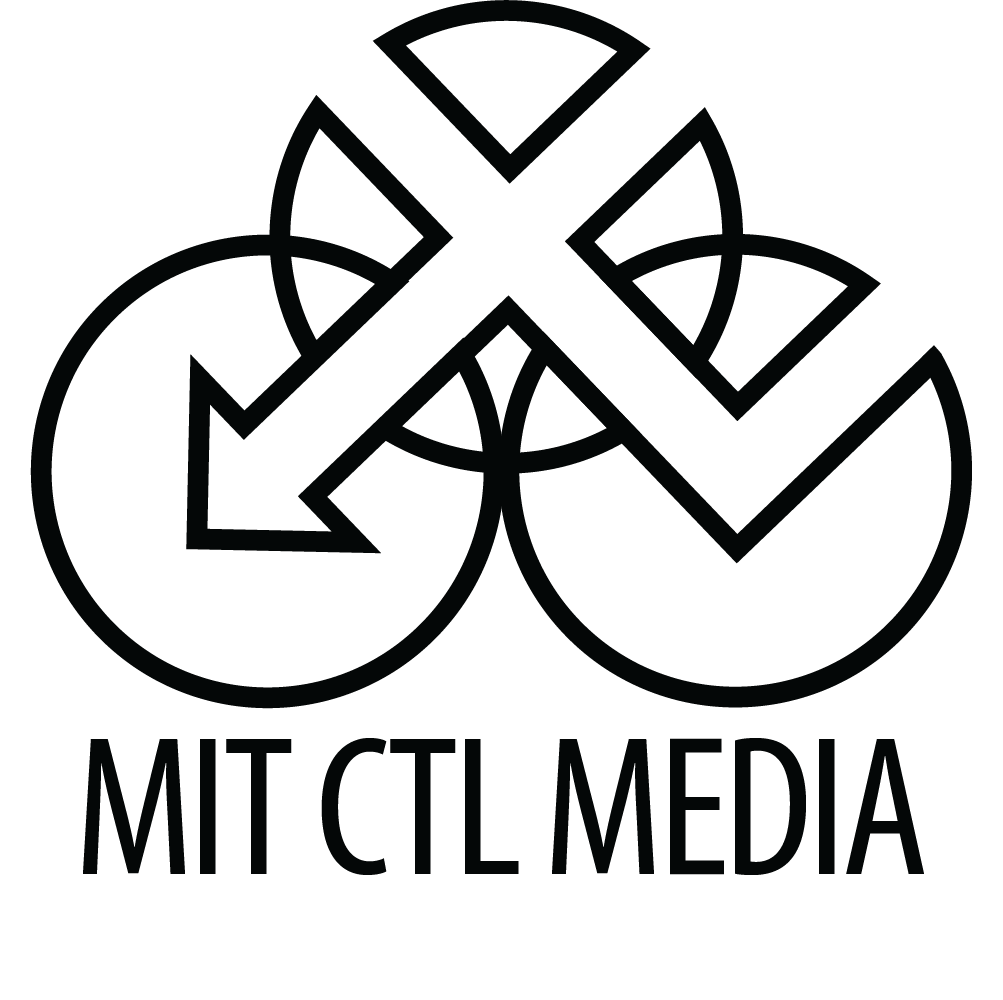Yossi Sheffi - A Shot in the Arm: How Science, Engineering, and Supply Chains Converged to Vaccinate the World
Here you can read online Yossi Sheffi - A Shot in the Arm: How Science, Engineering, and Supply Chains Converged to Vaccinate the World full text of the book (entire story) in english for free. Download pdf and epub, get meaning, cover and reviews about this ebook. year: 2021, publisher: MIT CTL Media, genre: Romance novel. Description of the work, (preface) as well as reviews are available. Best literature library LitArk.com created for fans of good reading and offers a wide selection of genres:
Romance novel
Science fiction
Adventure
Detective
Science
History
Home and family
Prose
Art
Politics
Computer
Non-fiction
Religion
Business
Children
Humor
Choose a favorite category and find really read worthwhile books. Enjoy immersion in the world of imagination, feel the emotions of the characters or learn something new for yourself, make an fascinating discovery.
- Book:A Shot in the Arm: How Science, Engineering, and Supply Chains Converged to Vaccinate the World
- Author:
- Publisher:MIT CTL Media
- Genre:
- Year:2021
- Rating:4 / 5
- Favourites:Add to favourites
- Your mark:
A Shot in the Arm: How Science, Engineering, and Supply Chains Converged to Vaccinate the World: summary, description and annotation
We offer to read an annotation, description, summary or preface (depends on what the author of the book "A Shot in the Arm: How Science, Engineering, and Supply Chains Converged to Vaccinate the World" wrote himself). If you haven't found the necessary information about the book — write in the comments, we will try to find it.
Like previous moonshot quests, this one was founded on revolutionary science. The book describes how the effort was built on decades of scientific biochemistry and microbiology research to develop Covid mRNA vaccines. The vaccines teach the human body how to recognize coronavirus invaders and neutralize them before they convert the bodys cells into virus factories.
However, a weapon is impotent without the means to make and distribute it. The book explains how governments funded the vaccines developments, how supply chain managers ensured the availability of the materials needed, and how the vaccines were distributed to a world in danger of losing the battle against a pandemic. Sheffi characterizes this monumental endeavor as the greatest product launch in history. Along the way, the mission teams broke new ground in their respective fields.
The teams also made mistakes, and the book shows how these failures will inform future campaigns. Other obstacles in the way included disinformation, public mistrust of science and government, and political opportunism. Sheffi explores the root causes of these divergent forces and points to their societal implications.
A Shot in the Arm ends on an optimistic note with a look at the Covid vaccine missions formidable legacy. In addition to providing templates for fighting pandemics, the effort has advanced immunology and highlighted the breathtaking potential of mRNA-based vaccines. Future vaccines could cure deadly diseases such as cancer, and when combined with other technologies, spur innovations in other fields including agriculture. The book argues that the vaccine effort provides vital lessons that could help humanity tackle other global challenges such as poverty, food and water security, and climate change, particularly in areas such as the funding of R&D and scaling innovations.
In a tour-de-force, Yossi Sheffi offers strategic lessons behind the record-breaking development, production, and global delivery of the Covid vaccines and what they mean for the future, says Robert Langer, David H. Koch Institute Professor at MIT and co-founder of Moderna.
Sheffi wonderfully describes how science, engineering, and society metor not! the challenge of Covid-19 from antigen through mRNA vaccine, manufacture, regulation, distribution, and reception, says Phillip A. Sharp, Institute Professor at MIT and Nobel Laureate
Yossi Sheffi: author's other books
Who wrote A Shot in the Arm: How Science, Engineering, and Supply Chains Converged to Vaccinate the World? Find out the surname, the name of the author of the book and a list of all author's works by series.


